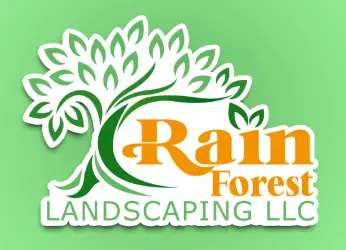Enhancing Your Outdoor Area With Structural Elements
When planning your outdoor space, adding structural elements can make all the difference. It’s about blending natural beauty with man-made features to create a harmonious environment. These elements can provide both function and style, allowing you to enjoy your garden in new ways. This guide will help you understand how to choose these features to best suit your landscape design.
The Role of Structural Features in Landscaping
Structural features play a crucial role in landscaping by providing durability and structure. They include pathways, patios, and retaining walls, which not only enhance the look of your garden but also add practical benefits. Such features define spaces and lead the eye around your yard, making it more inviting. By carefully selecting the right materials and designs, you can ensure these elements work seamlessly with the natural landscape.
Integrating Pathways Into Your Garden
Pathways are a vital component when choosing hardscaping for your garden. They offer an easy way to navigate through your outdoor space while highlighting key areas like flowerbeds or seating areas. When selecting materials for pathways, consider options such as gravel, stone, or brick based on the aesthetic you’re going for. Each material has its advantages, from ease of installation to long-term maintenance requirements.
Creating Relaxing Patios and Seating Areas
A well-designed patio serves as a perfect spot for relaxation and entertainment. It is integral to landscape design when considering hardscaping. Opt for materials that complement your home’s exterior and other garden features. Whether you prefer concrete, pavers, or wood decking, each option offers unique benefits. Make sure the size and shape of your patio meet your needs while fitting comfortably within the overall layout.
Using Retaining Walls for Erosion Control
Retaining walls are essential in preventing soil erosion and managing water flow across your property. They also add dimension and interest to flat landscapes. Materials like stone or concrete blocks are popular choices due to their strength and longevity. Moreover, they can be styled to match other elements in your garden, ensuring a cohesive look.
Incorporating Water Features
Water features like fountains or ponds bring tranquility to any landscape design. They attract wildlife and create soothing sounds that enhance relaxation. Proper placement is key to maximize visual impact and accessibility. Consider the scale of the feature relative to your garden size and the amount of maintenance you’re willing to undertake.
- Select appropriate plants that thrive in local climate conditions
- Ensure adequate drainage systems are in place
- Consider lighting solutions for nighttime enjoyment
- Plan for seasonal changes in plant appearance
Balancing Natural Beauty With Structural Additions
The secret to great landscape design lies in balancing natural elements with structural additions. The aim should be to create a seamless integration where each part complements the other. Use plants strategically around structures to soften edges and add layers of color and texture.
Cost Implications of Structural Features
Investing in structural features involves upfront costs, but it’s important to focus on long-term value. Durable materials might have higher initial prices but tend to last longer, minimizing future expenses. Consider maintenance needs and potential repairs when budgeting for these additions.
Your Next Step in Landscape Transformation
Ready to transform your outdoor space? Contact me at (972) 200-2393 for expert advice tailored to your specific needs. Based in Ennis, TX, I specialize in creating stunning gardens with functional designs through Rain Forest Landscaping LLC. With thoughtful planning, you can achieve a beautiful balance between natural beauty and architectural interest in your landscape.
